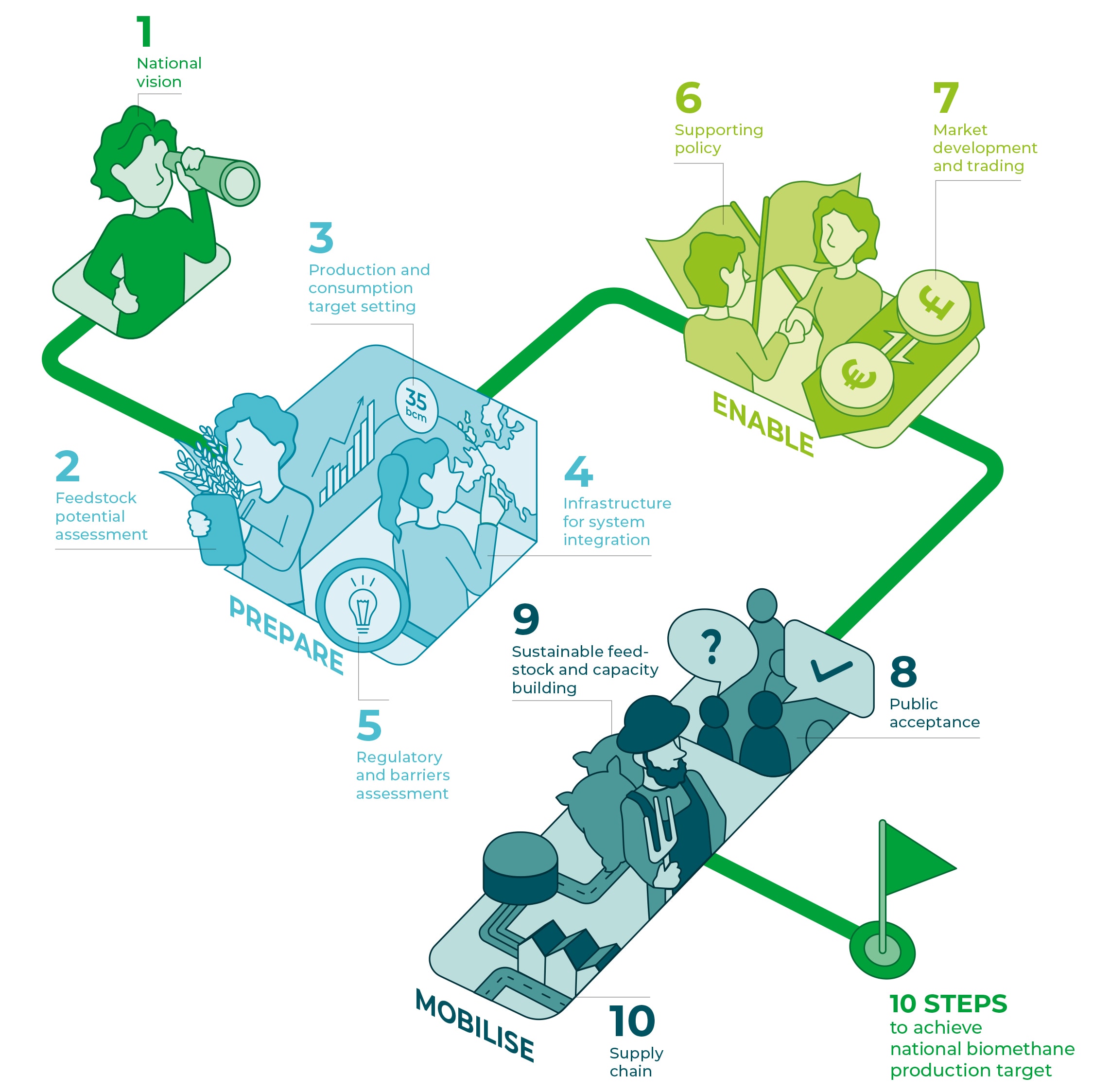Portal for more climate-friendly mobility
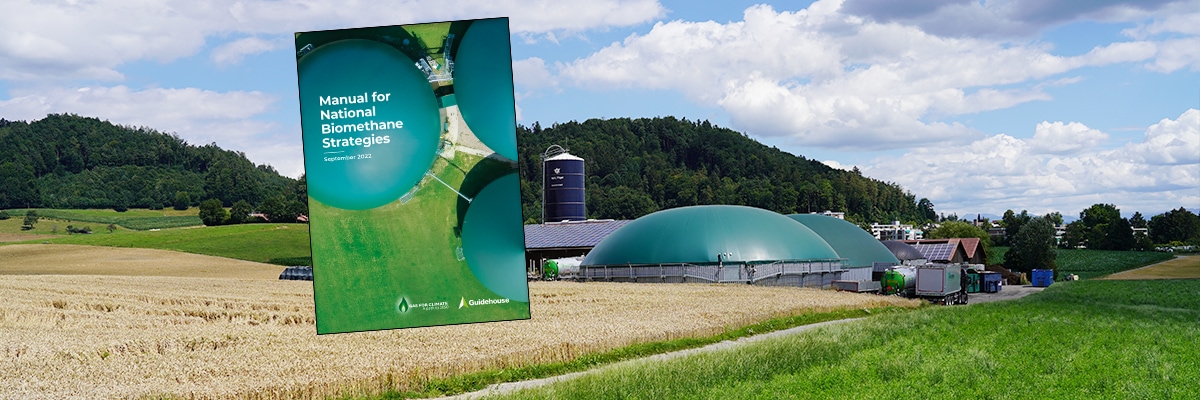
National biogas strategies called for
With the current skyrocketing energy prices, regionally produced biogas is finally attracting the attention of many politicians and stakeholders as a possible solution to increase security of supply and push ahead with decarbonization. What the EU has so far lacked, however, are national biogas strategies. This is now set to change.
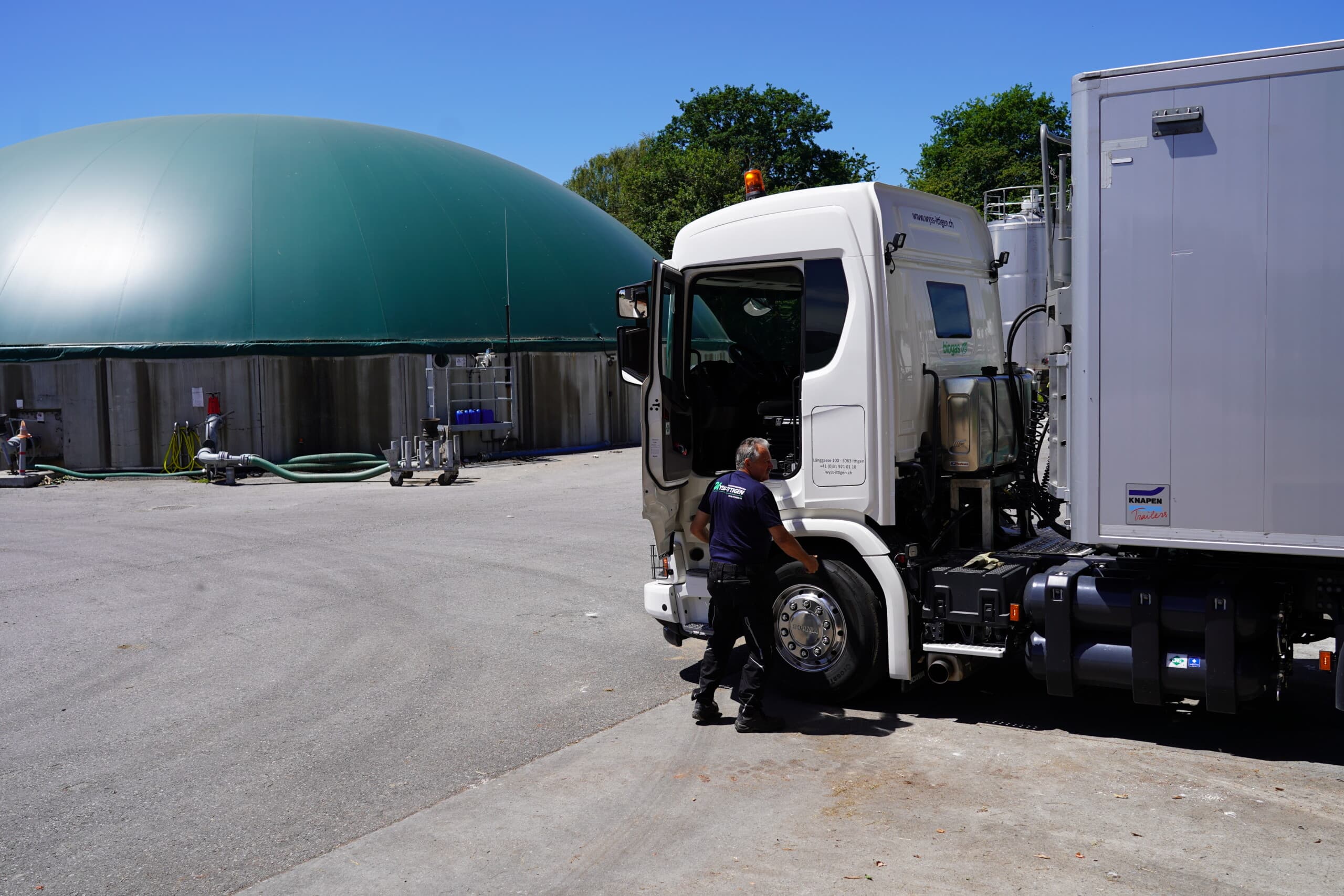 The innovative farm of the Wyss family in Ittigen BE demonstrates how one can produce one’s own energy and close the loop thanks to the use of a biogas truck. Source: CNG-Mobility.ch
The innovative farm of the Wyss family in Ittigen BE demonstrates how one can produce one’s own energy and close the loop thanks to the use of a biogas truck. Source: CNG-Mobility.ch
The geopolitical situation has changed dramatically since the EU Commission’s proposal for new CO2 standards for passenger cars and light commercial vehicles was published in July 2021. Dependence on energy and raw materials has had an enormous impact on energy policy, but also on the everyday lives of citizens. In response to these crises, the average greenhouse gas intensity of electricity generation in the EU could increase. Furthermore, there is currently no guarantee that enough electricity from renewable sources will be available to meet the increasing demand for electrified transport. There is even a risk that some of the electricity generated for this consumption will come from coal!
Rising raw material prices for batteries and supply bottlenecks will delay the availability of affordable electric vehicles and thus the policy-driven fleet renewal. As the transition to full e-mobility will be gradual anyway, sustainable biofuels, renewable fuels and synthetic fuels are a reliable way to reduce emissions from the transport sector in the short, medium and long term. Electrification and CO2-neutral fuels, which include green H2 produced with power-to-gas technology as well as biogas, should therefore, without fail, be considered as complementary solutions.
In ten steps, a national biogas strategy is to ensure that the advantages of this sustainable energy source are recognised and used. Source: “Gas for Climate”
“Gas for Climate” recently assessed the potential for sustainable biogas production in the European Union and estimates that up to 41 billion cubic metres/year of biogas could be produced by 2030. The greatest biomass potential for anaerobic digestion is located in manure, agricultural residues such as straw or industrial wastewater. Thermal gasification materials, on the other hand, are mainly wood waste and biogenic residues. Experts conclude that the potential for sustainable biogas could increase to 151 billion cubic metres by 2050 by using additional raw material flows.
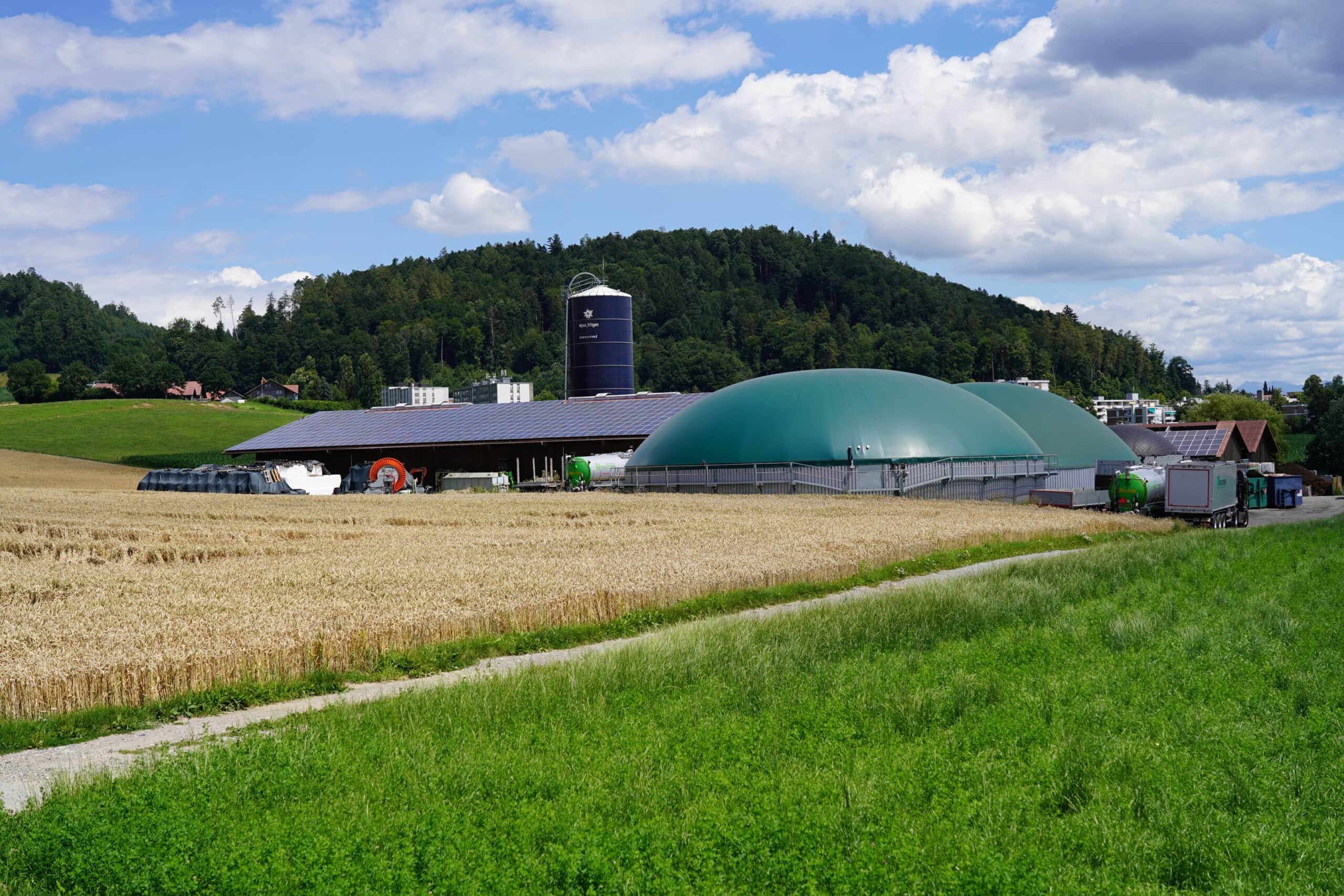 In Switzerland, too, there is a large, as yet untapped biogas potential. Source: CNG-Mobility.ch
In Switzerland, too, there is a large, as yet untapped biogas potential. Source: CNG-Mobility.ch
To support the implementation of the European “REPowerEU Plan,” the European Commission has now published a Biogas Action Plan, which includes measures at national and European level to increase biogas production and consumption. The plan also includes a recommendation to Member States to develop a national biogas strategy as soon as possible. This is because the countries are at very different stages of their biogas journey.
The urgent need to expand biogas production is high. For this reason, a manual from “Gas for Climate” now highlights measures that can be implemented immediately and build on existing research. The steps are complemented by some examples of best practices. Best practice examples are intended to show various successful ways of taking a big step closer to achieving politicians’ ambitious decarbonisation targets thanks to more biogas. A successful expansion of domestic biogas production can be one of the most important solutions for the currently very volatile energy markets.
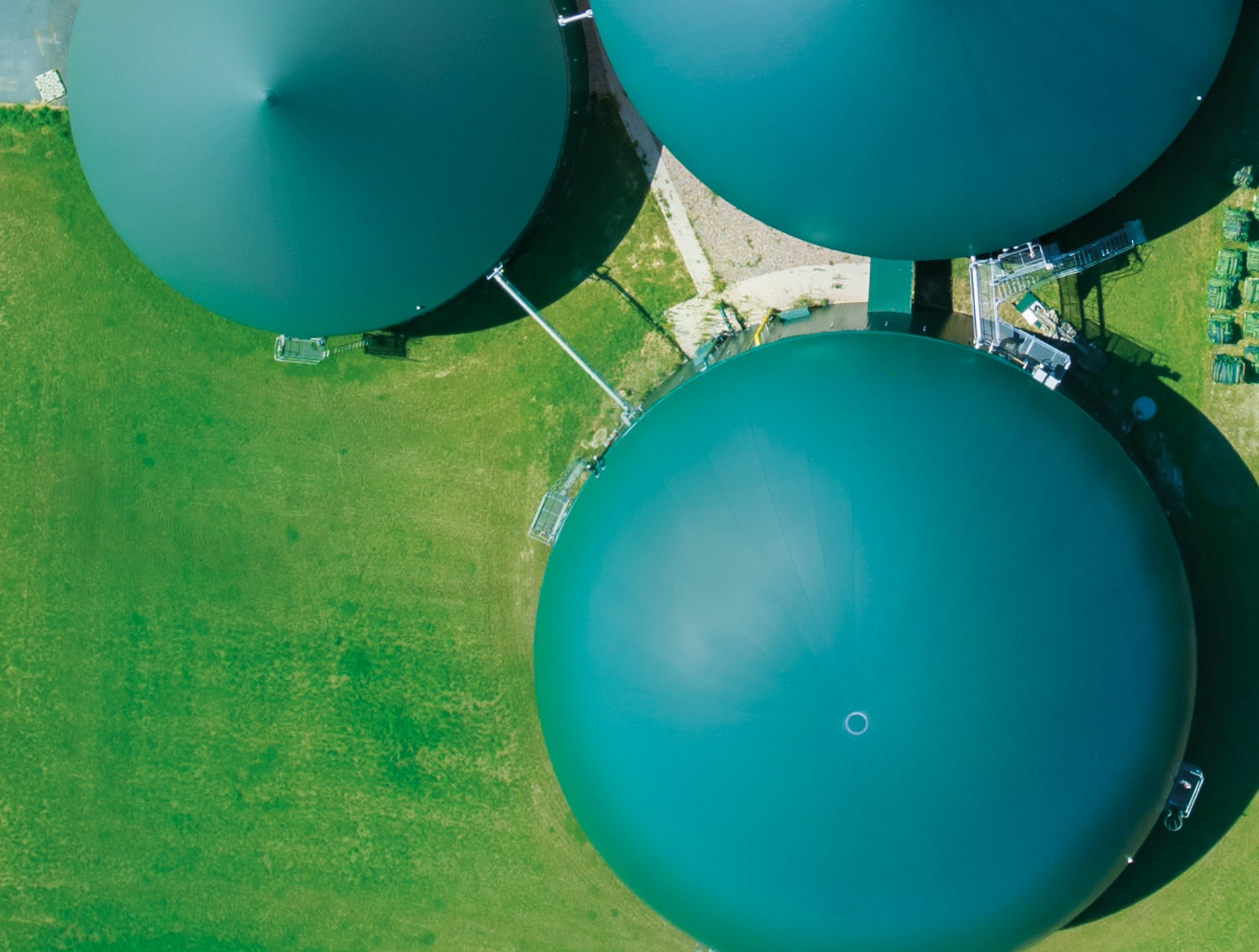 The number of biogas plants should increase throughout Europe in order to increase the security of supply with regional energy. Source: “Gas for Climate”
The number of biogas plants should increase throughout Europe in order to increase the security of supply with regional energy. Source: “Gas for Climate”
This is an approach that not only the member states of the EU can make use of but also, of course, Switzerland. This is because in this country, too, biogas can improve the security of supply, contribute to rural development and, with a sustainable energy source, not only reduce CO2 emissions, but also alleviate the economic pressure on households and companies. Biogas, biomass and the circular economy offer great potential, and now it is important to make this available to the general public and, above all, to make use of it! (pd/jas, 11 October 2022)
You might also be interested in
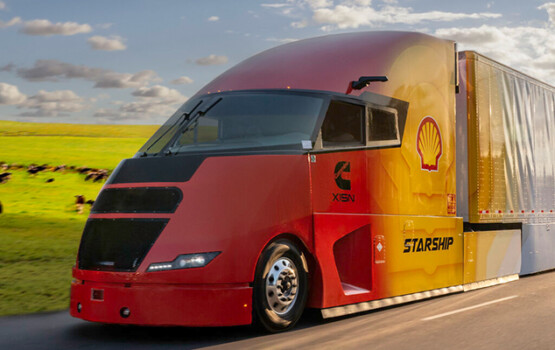
Shell Starship on record hunt

